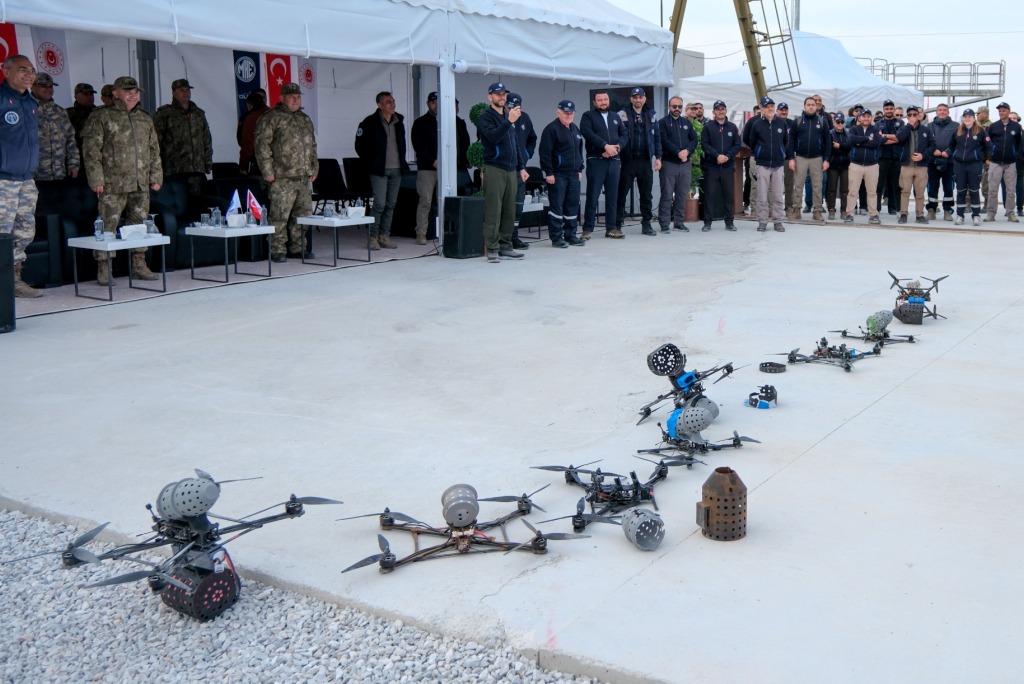Boeing Secures Major Contract for Space-Based Nuclear Communications Modernization
The U.S. Space Force has awarded Boeing a substantial $2.8 billion contract aimed at enhancing its space-based Nuclear Command, Control, and Communications (NC3) capabilities, as announced by the Space Systems Command on July 3. This contract marks a significant step in modernizing the military’s strategic communications infrastructure in space.
Competitive Landscape
Boeing triumphed over Northrop Grumman in securing this contract, which encompasses the design and deployment of the initial two satellites for the Evolved Strategic Satellite Communications (ESS) program. Additionally, the contract includes options for two subsequent satellites, laying the groundwork for a phased strategy to rapidly expand a diverse satellite constellation. This initiative is designed to strengthen the U.S. nuclear command and control functionality, according to the SSC’s announcement.
Key Features of the ESS Program:
-
Replacement Capabilities: The ESS satellites are set to supplant the current Advanced Extremely High Frequency (AEHF) system, which operates six satellites in geostationary orbit. The AEHF system provides secure communications for both strategic and tactical military operations.
-
Expanded Satellite Network: The new constellation will be strategically positioned across various orbits, employing highly secure waveforms and advanced classified technologies to ensure robust NC3 capabilities for warfighters.
Strategic Imperatives
Kay Sears, Boeing’s Vice President and General Manager for Space, Intelligence, and Weapon Systems, emphasized the necessity for a resilient strategic national security framework. “The U.S. must have a communication architecture that operates reliably under all circumstances,” she asserted. This is particularly crucial in an evolving threat landscape where adversaries may seek to compromise U.S. capabilities.
Broader Context
This initiative is part of a comprehensive modernization effort at the Department of Defense, targeting an overhaul of its entire NC3 architecture. This intricate system is essential for:
- Situational Awareness: Allowing senior defense leaders to navigate the complexities of nuclear operations.
- Decision-Making: Facilitating timely and informed choices regarding defense strategy and resource management.
The work under this new contract is anticipated to be completed by 2033, as noted by Space Force officials.
Integrated Ground Operations
Alongside the development of the ESS satellites, the Space Force is concurrently building a new ground segment for strategic operations. This initiative is labeled the Ground Resilient Integration & Framework for Operational NC3 (GRIFFON) program, with Lockheed Martin spearheading its development under a recently awarded Software Acquisition Pathway contract.
Strategic Communication Mandates
Cordell DeLaPena, the program’s Executive Officer for Military Communications and Positioning, Navigation, and Timing Directorate, remarked on the critical nature of advancing U.S. space capabilities. The mission to assure strategic communication necessitates a blend of protection, power, and persistent availability—especially in the face of adversarial attempts to disrupt connectivity. The forthcoming satellites are poised to integrate into a revitalized NC3 framework, underscoring their strategic importance.
Conclusion
As Boeing prepares to embark on this transformative initiative, the broader implications for U.S. national security are profound. The modernization of space-based NC3 capabilities not only reflects a strategic response to contemporary threats but also signifies a commitment to maintaining clear lines of communication in a complex global security environment. The ongoing enhancements to this vital infrastructure are integral to ensuring that U.S. defense operations remain effective and resilient in the years to come.




